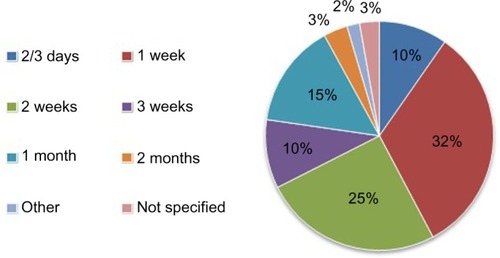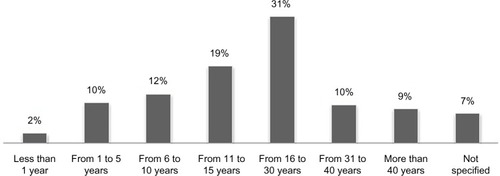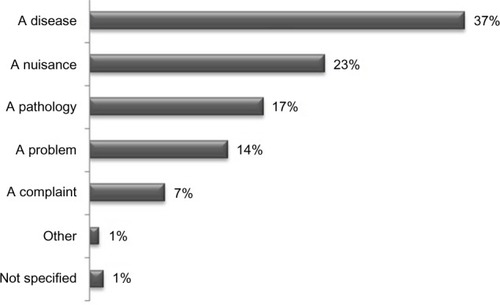Figures & data
Figure 3 Answers to the question “How do you define your psoriasis?” a stratified for patients affected in the face, in other visible areas (arms, nails, hands), and patients not affected in visible areas.
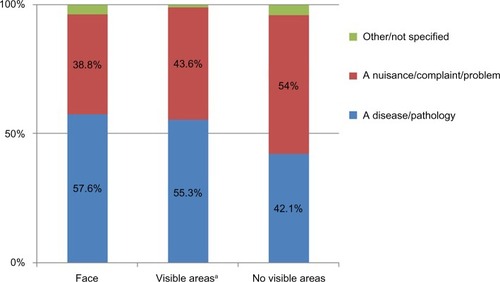
Figure 4 Results to the question “Indicate the level of discomfort that you feel by having psoriasis in each of these areas.”
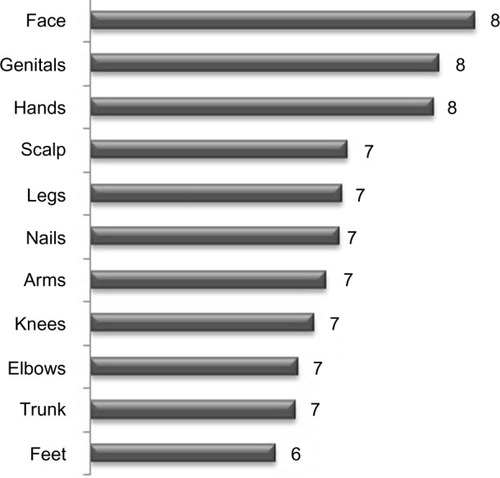
Figure 5 Results of the question “What kind of treatment are you currently taking?”
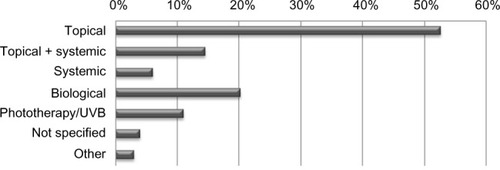
Table 1 Treatments used, stratified for patients affected in the face, in other visible areas (arms, nails, hands), and patients not affected in visible areas
Figure 6 Patients that always carry a topical product for use whenever needed, stratified for patients affected in the face, in other visible areas (arms, nails, hands), and patients not affected in visible areas.

Figure 7 Results to the question “Choose your favorite formulation for local use from the following” and for patients choosing “Cream” to the question “Indicate reasons for your choice.”
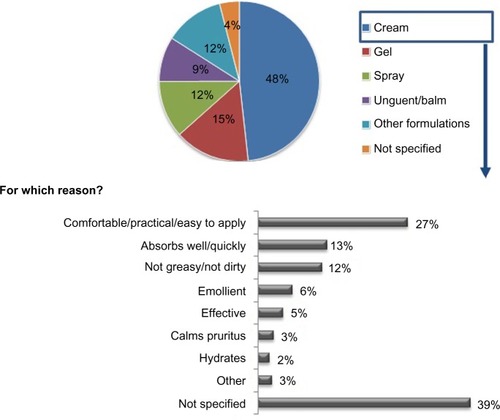
Table 2 Answers to the question “Thinking about various reasons that has led to discontinuing a topical treatment, indicating the weight of each reason listed”
Table 3 Answers to the question “Do you follow the recommendations given by your dermatologist as regards the use of topical therapy?” stratified for patients affected in the face, patients affected in other visible areas (arms, nails, hands), and patients not affected in visible areas
Figure 8 Results to the question “How soon after initiation of therapy do you expect to see results?”
